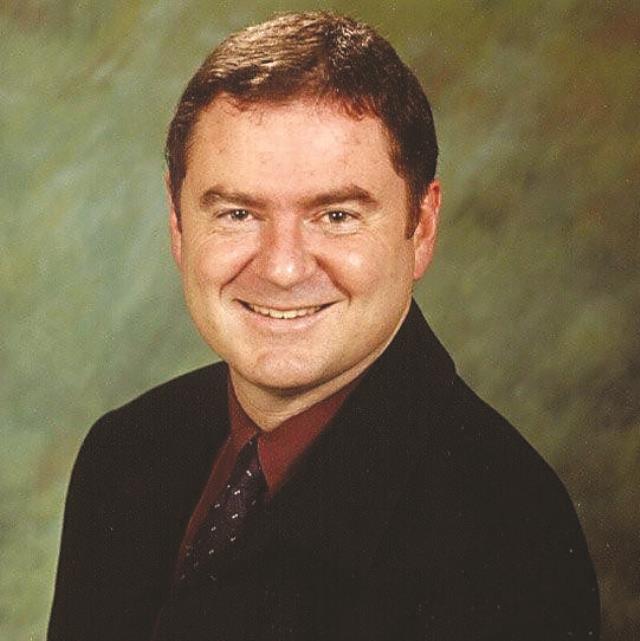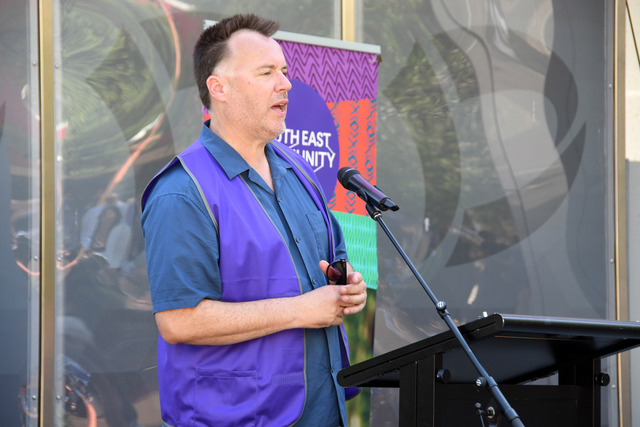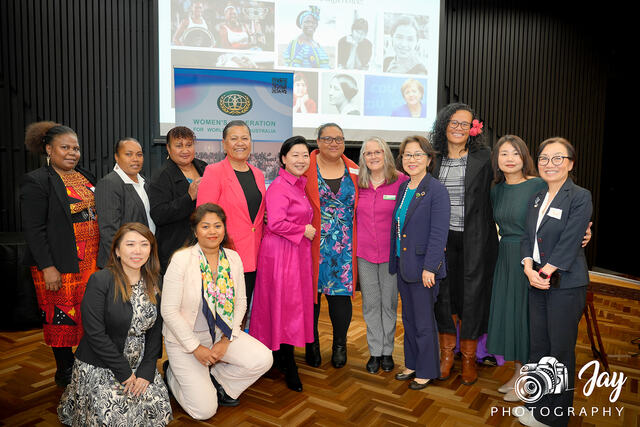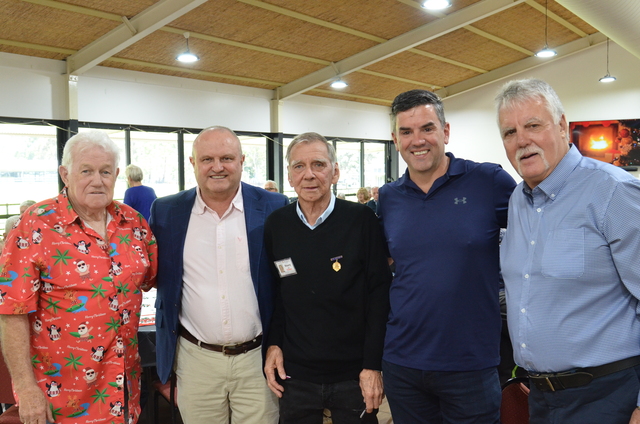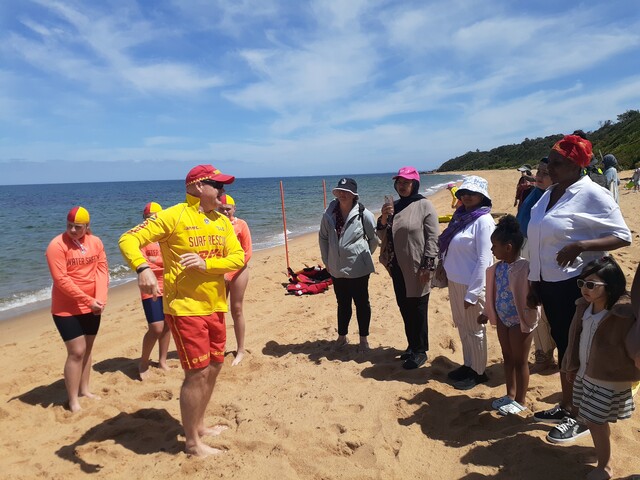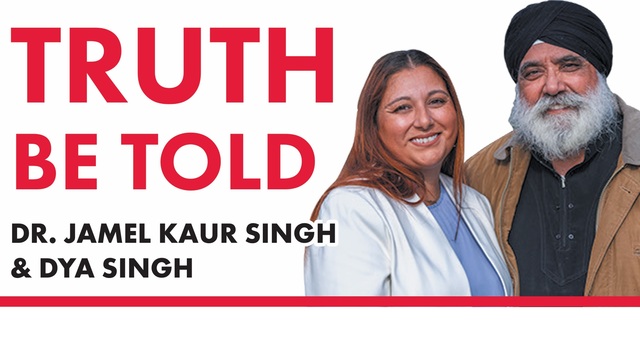A proposed election reform has floated the idea of more Casey councillors to manage population growth and mitigate donkey voting.
The State-appointed Electoral Representation Advisory Panel (ERAP) is conducting a review of Casey Council’s electoral structure under the Local Government Act 2020.
The Act stipulates all metropolitan city councils must have single-councillor ward electoral structures. It also requires each ward must have an approximately equal number of voters per councillor within plus or minus 10 per cent of the average.
Casey Council – which has been governed by administrators rather than councillors since 2020 – currently sits on six wards with a total of 11 councillors. The next councillor elections are scheduled for 2024.
In ERAP’s preliminary report, three models have been proposed for the number of councillors and wards.
Model One and Two use 11 single-councillor wards with different criteria to define the boundaries, while Model Three has 12 single-councillor wards and adopts mainly road and rail infrastructure as ward boundaries.
Hampton Park resident Garry Page, who stood for council in 2016, has rejected the 11-councillor consideration and endorsed the 12-councillor model in his 34-page submission.
He stated for population reasons alone there should be 12 councillors.
The City of Casey 2019-20 Representation Review Final Report found 12 councillors were required to represent 223,917 voters with an average of 18,660 voters per councillor at the time of the writing, though the recommendation was never adopted due to the dismissal of the councillors in 2020.
Now, with 252,670 voters, Mr Page believed downgrading to 11 councillors would represent a step backward with an increase to an average of 22,970 voters.
“Therefore, the current population for the City of Casey should actually be 12 councillors for 252,670 electors or an average of 21,056 electors per councillor,” he stated.
“It was disappointing to see with an even higher Casey population that the ERAP has chosen to now examine a reduction to 11 councillors.
“The current population of Casey is 365,239 with a forecast growth of 2.8 per cent annually. Given this growth, the workload of councillors can only increase over the life of the council.”
IBAC’s Operation Sandon Special Report identified councillors’ lack of preparedness for Casey meetings.
The submission also pointed out that an appropriate number of 12 councillors could moderate the impact of donkey voting on the council election results.
Donkey voting refers to the act of numbering the candidates in the order they appear on the ballot paper. It can also happen in reverse.
According to an academic’s statistical analysis of Victorian local government elections from 2008 to 2021, candidates at the number one position would have 45 per cent more chances of being elected than would be otherwise expected in fields of five or more candidates, Mr Page submitted.
The impact of donkey voting would become more pronounced with a larger number of candidates.
The submitted statistics further highlighted that for elections with 10 or more candidates, those at the first position would be 80 per cent more likely to be elected than those randomly selected in the sixth spot.
This meant fewer electors were needed to successfully elect the first candidate compared to electors who preferred the sixth position candidate, which according to Mr Page, shredded the one vote, one value principle that made sure every person’s vote counts equally.
He stated therefore increasing the number of wards had the effect of distributing candidates across a wider scale.
“This change on average reduces the field [number] of candidates standing in a single ward at a general election. Reducing the candidate fields [numbers] on average has the positive impact of lowering donkey votes.
“Increasing the number of councillors for 2024 to reduce the impact of a donkey vote provides a direct benefit to achieving a result closer to the one vote, one value principle.”
The statistics analysis in the submission has not yet been reviewed by the Victorian Electoral Commission (VEC).
Mr Page said he had raised the donkey voting issue to the government before, but with no result.
He expected a similar limited response for this time.
“If the VEC does not accept my calculations and an academic hasn’t published a paper on this donkey voting issue, then there will be no response in parliament to my submissions,” he said.
Former Casey councillor Steve Beardon agreed with Mr Page in regard to the undermining of one vote, one value principle.
Rather than expressing support for any of the models provided in his submission, he proposed improved methods for ensuring fairness across voting.
“Council ballot papers need be printed randomly to ensure no individual candidate benefits by drawing the top spot,” he wrote.
“Currently they are all printed identically.
“This gives one candidate the significant advantage of the donkey vote. That scenario is contrary to fair and equal elections.”
Mr Page submitted Victoria should employ the Robson Rotation system used in the ACT and Tasmania where each ballot paper contains a different permutation of candidates to minimise the impact of donkey voting.
The City of Casey Council Electoral Structure Review is accepting submissions until 5pm 22 November.
A public hearing will be held following the response submission period for submitters who request to speak.
To make a submission, visit submissions.vec.vic.gov.au/council/544

